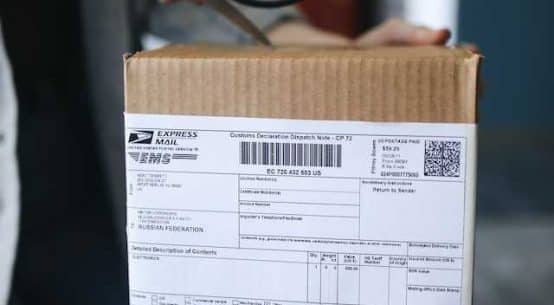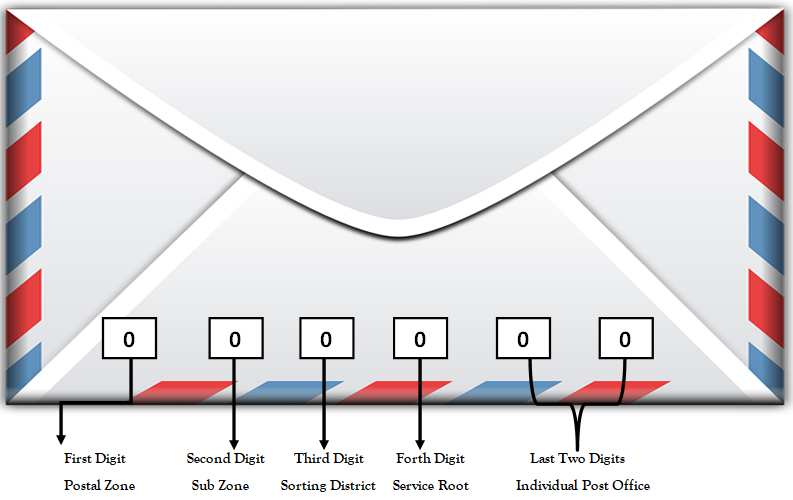What is the difference between ZIP and Postal code? For sending letters or other documents to different places of the world, there is always a specific address where everything is reached upon giving this address.
The aim of mentioning zip and postal codes on documents or letters is to deliver the items to the right person.
Everywhere in the world, each location has a specific code to facilitate sending mail. This particular set of codes is different for cities and even more typical for a place. The two terms commonly used in this regard are called Zip and Postal codes, which have been called the same, but there are slight differences between the two.
Zone improvement plan (ZIP) was created by the United States Postal Service in the early 1960s to provide facilities for identifying geographic locations.
Table of Contents
The Primary Difference between ZIP and Postal Code
The main difference is that the ZIP code is a term used in the United States of America. In contrast, the term Postal code is usually associated with the United Kingdom (UK) and the countries governed by the British.
Another difference is that ZIP can be specific to a city or country. Each country, like a prefix, has a ZIP code which is its postal identity, while all houses or buildings are assigned a recognizable postal code. In contrast, the Postal code is always specific to a particular location in an area or city.
Postal code contains numeric values and alphabets and symbols, so it is more complex, while on the other hand, there are generally only numbers in a ZIP code. Postal code, the word itself, is related to displaying something, while ZIP stands for Zoning Improvement System.
Even in the broadest sense, a ZIP code is defined as a postal code of more than five digits. The below table gives a brief explanation of the two terms.
| ZIP Code | Postal Code | |
| Form | ZIP is a short form of Zoning Improvement System | It is related to posting mail or document-related stuff. |
| Country | It is generally associated with the United States | It is generally associated with the United Kingdom |
| Usage | It helps in locating the exact big location | Postal code is generally used within a country to deliver documents |
| Length | ZIP code is between 5-8 characters | It can be short or long |
| Explanation | Within a country usage | Within a city usage |
Also Read: Postal Index Number of India
Definition of Zip Code
When identifying where to send the document internationally, it is always necessary to know the exact city code for a country; it is done using the ZIP code. ZIP stands for Zoning Improvement Plan.
This system was started in the United States; therefore, it is primarily a term associated with Americans. This code is also known as a version of the postal code. The Oxford Dictionary defines this code as a postal code containing 5 to 9 characters.
It does not contain any alphabet and is made up only of numbers and each country and city where the airmail has presently received the code. For example, the New York postal code is five digits long and extends from 10001 and so on. It allows the city to be divided into several areas where mail can be quickly delivered.
Definition of Postal Code
When dividing cities into multiple segments, you also need to identify where the mail will be sent. It is possible by assigning a specific number of addresses to houses or buildings (including shops) a numeric or alphabetical value.
Therefore, a postal address can be made up of numbers and alphabets. It can be very long or very short, depending on how easy it is to define the position.
For instance, 234 W 42nd St, New York, NY 10036, United States, is the mailing address for Madame Tussauds. It has the exact number, address, zip code, and location. It will help identify precisely where the building will be in all respects.
Difference Between ZIP and Postal Codes in Nutshell
- ZIP is the short form that stands for Zoning Improvement Plan, while Postal Code is associated with posting documents or mail-related documents.
- The Zoning Improvement System code is generally related to the United States. While the postal code is related to the United Kingdom.
- The postal code is usually used in a country to deliver documents, while a ZIP code helps identify the most prominent location.
- Postal code can be more or less long, while a Zoning Improvement System generally consists of 5 to 8 characters.
- A postal code is used in a city, while a ZIP code is used in countries.
- A ZIP code is considered a more extended version of the postal code primarily, as defined by the Oxford Dictionary.
Conclusion
These two terms, ZIP code and Postal code, belong to the same family, but there are differences between these two. The difference between the ZIP and Postal code mentioned above is to help create a clear understanding of how they differ and help people know how they work and what is happening between them.
The most advanced barcode was formulated later in 1963 to specifically help identify specific cities, homes, businesses, and other government agencies. The new model was developed to allow more accurate position identification than the previous model.
By contrast, postal codes were introduced in the United Kingdom between 1959 and 1974, after which they were adopted in other English-speaking countries. The primary function of postal codes is to designate a specific place with an address or a single central delivery unit.


